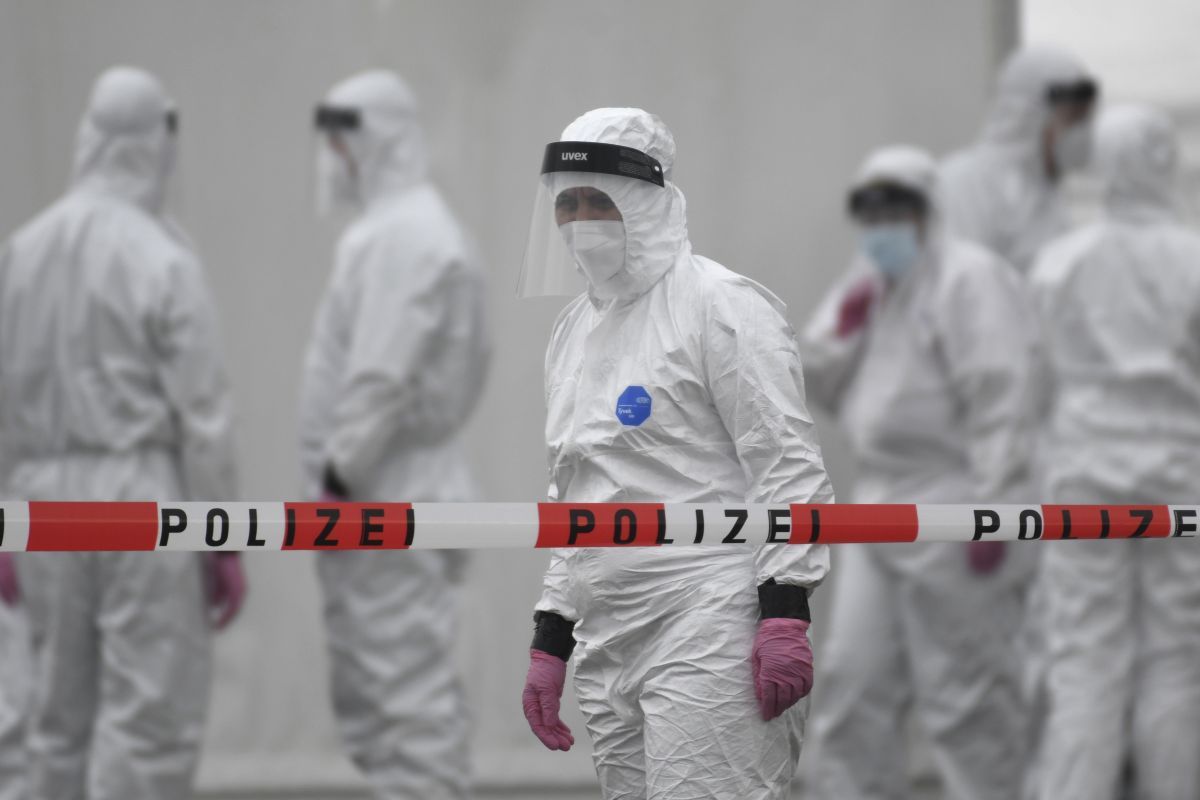My Health My Right the theme for world health day this year
World Health Day is an annual global health awareness campaign celebrated on 7 April, organised by the World Health Organization (WHO).
Benedetta Allegranzi, the WHO’s technical lead for infection prevention and control, said that evidence emerging of airborne transmission of the coronavirus in ‘crowded, closed, poorly ventilated settings that have been described, cannot be ruled out’.

Members of a coronavirus testing station stand on the factory premises of the Westfleisch meat processing company in Hamm, western Germany, (Photo: AFP)
After 239 scientists in 32 countries outlined the evidence showing smaller particles suspended in the air can infect people, the World Health Organisation (WHO) has acknowleged that the novel Coronavirus could be airborne.
Benedetta Allegranzi, the WHO’s technical lead for infection prevention and control, said that evidence emerging of airborne transmission of the coronavirus in “crowded, closed, poorly ventilated settings that have been described, cannot be ruled out”.
If the evidence is confirmed, it may affect guidelines for indoor spaces.
Advertisement
The WHO has so far said that Coronavirus is transmitted through droplets when people cough or sneeze.
However, in an open letter to the agency, scientists said that there is evidence that the novel Coronavirus in smaller particles in the air can infect people.
Whether carried by large droplets that zoom through the air after a sneeze, or by much smaller exhaled droplets that may glide the length of a room, the coronavirus is borne through air and can infect people when inhaled, the scientists said.
WHO officials have cautioned the evidence is preliminary and requires further assessment.
However, the WHO has now admitted there was evidence to suggest this was possible in specific settings, such as enclosed and crowded spaces.
This evidence will have to be thoroughly evaluated, but if it is confirmed, the advice on how to prevent the virus spreading may have to change, and could lead to more widespread use of masks, and more rigorous distancing, especially in bars, restaurants, and on public transport.
The WHO, in a publication in March, had maintained that the novel Coronavirus is primarily transmitted through “respiratory droplets and close contacts” and does not seem to stay long in the air.
Airborne transmission is different from droplet transmission, as it refers to the presence of microbes within droplet nuclei, which are generally considered to be the smaller particles of less than 5 microns in diameter, and which can remain in the air for long periods of time and be transmitted to others over distances greater than one metre, it said.
However, the US health authorities had adopted a more cautious line and urged people to cover their faces when out in public in case the virus can be transmitted through normal breathing and speaking.
Also, different publications came up claiming that the droplets of the virus can remain airborne for several hours, unlike cough or sneeze droplets that fall to the ground within seconds.
In June, a latest study, which assessed the progression of the pandemic in three major epicentres across the world, said airborne transmission of the novel Coronavirus is highly virulent, and could be the dominant route for the spread of COVID-19.
Advertisement